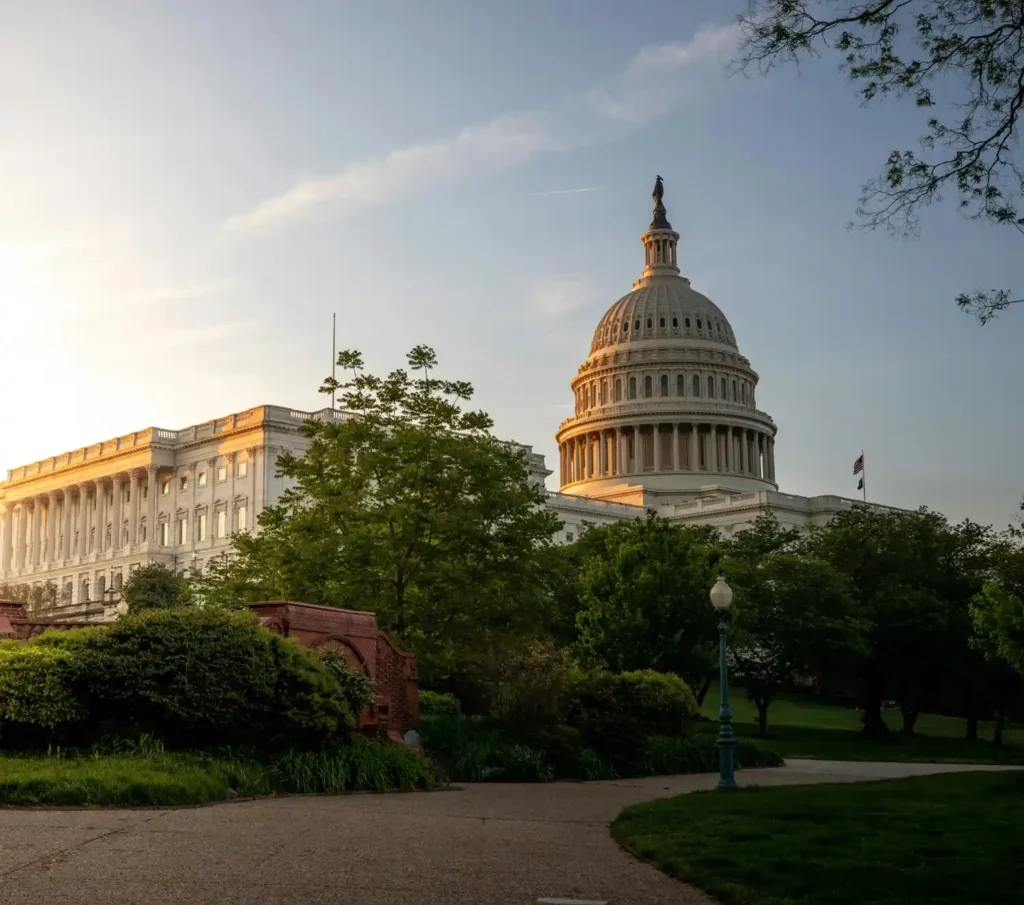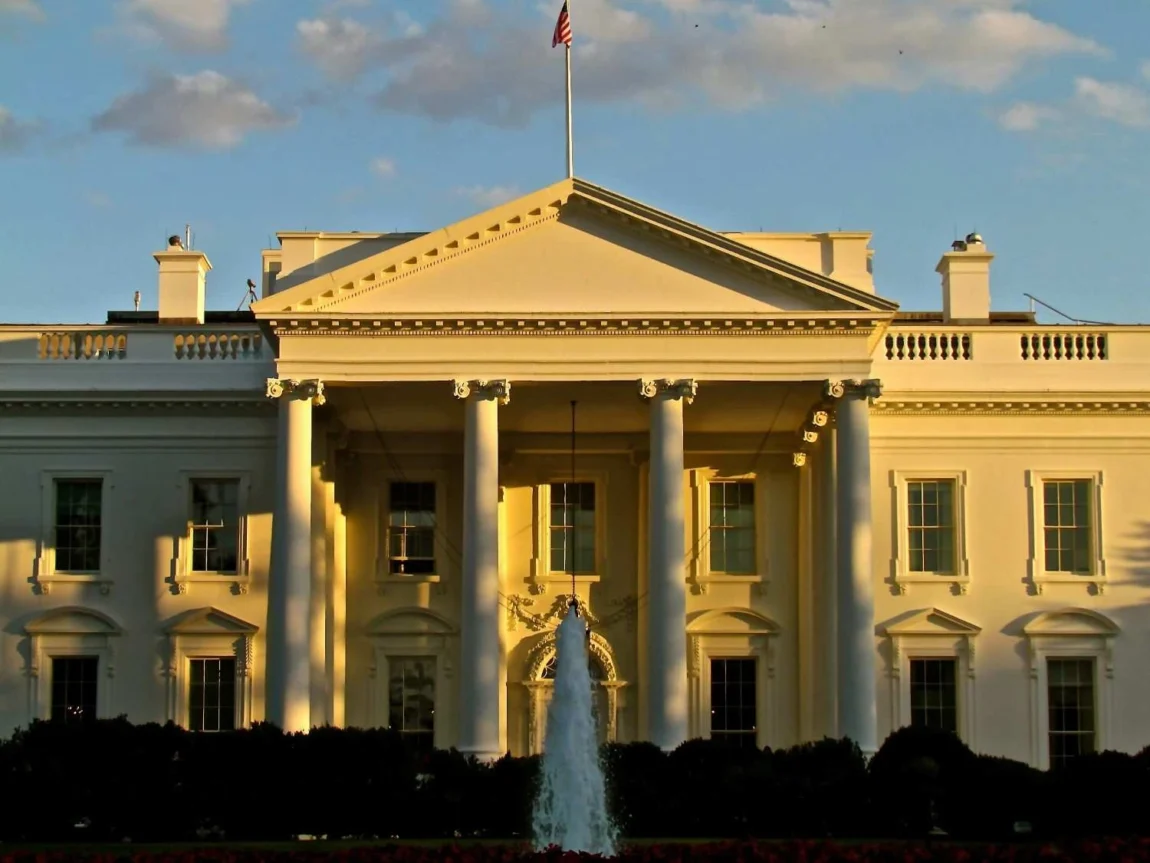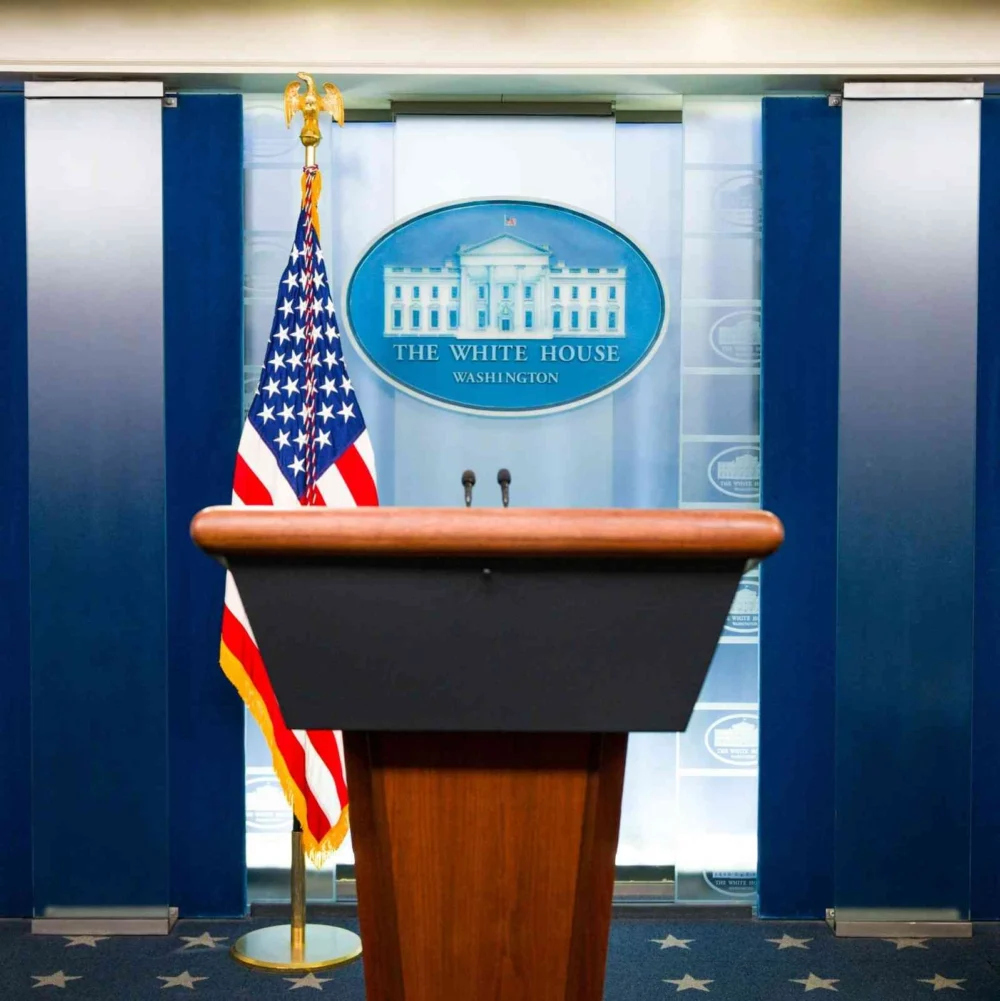A year after losing control of the White House and Congress, the Majority Rule Party shows up to recapture its balance with a string of startling triumphs that have reenergized supporters and reshaped the political discussion. But in spite of the energy that comes about, Democrats confront a troublesome way to recover national control in the 2026 midterm races and the 2028 presidential election.
A Trio of Astounding Victories
This week’s off-year races conveyed an assurance boost for Democrats who have spent months reflecting on their 2024 misfortunes. In New York, 34-year-old dynamic Zohran Mamdani, a law-based communist, staggered spectators by winning the mayoral race in the nation’s biggest city. In Virginia, a former CIA officer, Abigail Spanberger, became the state’s first female senator. And in Modern Shirt, Congresswoman Mikie Sherrill, a retired Navy helicopter pilot, won unequivocally after centering her campaign on reasonableness and restrictions on Donald Trump.
Though their philosophies differ — ranging from the distant cleared out to the center — these candidates shared a common center on regular financial issues. Their triumphs have started a modern wrangle within the law-based party over which course to take as it modifies its national brand.

A Party Looking for Direction
The Law-based Party has battled since losing the White House and both chambers of Congress in 2024. Voter enrollment information suggests that around 4.5 million Democrats have switched to the Republican Party since 2020. Surveys, moreover, show a sharp drop in notoriety: a Divider Road Diary study in July found that 63% of voters saw the Equitable Party unfavorably, the most negative rating in more than three decades.
Despite these challenges, the most recent decision has given Democrats renewed trust. Numerous strategists accept that centering on the cost-of-living crisis — rather than social or ideological debates — could be the key to modifying beliefs with voters.
Economic Focus Over Culture Wars
“The first lesson for Democrats was that we stayed focused on what people actually needed to hear — affordability and economic relief,” said former Chicago mayor Rahm Emanuel. “We didn’t get lost in the cultural debates that divide people.”
Each of the winning campaigns reflected that methodology. Mamdani guaranteed a lease that solidifies all-inclusive childcare and free open travel supported by modern taxes on the affluent. Sherrill centered on bringing down utility costs in Modern Shirt, whereas Spanberger emphasized reestablishing financial soundness for government laborers influenced by Trump-era budget cuts.
Political strategist Simon Bazelon, creator of a later 58-page examination of the 2024 election, contended that Democrats had spent too much time emphasizing majority rule government and social issues, while dismissing bread-and-butter financial concerns like housing and compensation. “Voters need arrangements for the reasonableness emergency, not addresses approximately to what they ought to think,” Bazelon composed in his report.
The Trump Figure and the Economy
Republicans, in the interim, are going up against developing concerns over the economy. President Donald Trump, who returned to the White House after the 2024 race, assembled a gathering with Republican lawmakers this week to address the impending government shutdown and rising costs.
While Trump proceeds to guard his financial record, expansion and exchange taxes have fueled discontent among American consumers. His administration’s tariff policies have raised import costs, while cuts to social programs have led to higher healthcare premiums and reduced food assistance for millions of families.
Democrats see an opportunity to exploit that vulnerability. “People are being hit from all sides economically,” said Libby Schneider, deputy executive director of the Democratic National Committee. “Our job is to connect those struggles to Republican policies — and show we have solutions.”
Rebuilding the Democratic Brand
Yet party insiders acknowledge that winning back voters will take more than local victories. The Democratic National Committee (DNC) is still grappling with how to modernize its message and leadership after the turbulent Biden years. Many within the party admit that 2024’s campaign missteps — especially the failure to recognize inflation early — badly damaged public trust.
“You can’t tell voters the economy is fine when their grocery bills are rising every week,” one strategist said privately. “We need humility and honesty about what went wrong.”
Grassroots organizers are also calling for generational change. Progressive activist Saikat Chakrabarti, a former aide to Alexandria Ocasio-Cortez, recently announced a challenge to outgoing House Speaker Nancy Pelosi’s successor in California, saying the party needs “leaders who fight for working people and reject big money in politics.”
A Generational and Ideological Divide
The Law-based Party’s more youthful generation — figures like Mamdani, Spanberger, and Sherrill — represent a new challenge for a party that has long battled with maturing authority. Their triumphs highlight a developing divide between progressives pushing for striking financial changes and centrists pushing for incremental solutions.
“There’s going to be a genuine battle around how we take on Trump and right-wing populism,” said Matt Bennett of the centrist think tank Third Way. “The question is whether we counter right-wing populism with left-wing populism — or with a centrist vision centered on soundness and competence.”
Republicans have as of now started surrounding the wrangle about, with Trump portraying Democrats as “choosing communism over common sense” amid a discourse this week in Florida. GOP strategists say they plan to make reasonableness and financial opportunity central subjects of their midterm messaging.
Looking Ahead to 2026 and Beyond
For Democrats, the following challenge is deciphering these nearby triumphs into a national resurgence. The 2026 midterms will test whether their reestablished focus on financial issues can overcome Republican control of Congress. The party will also need to choose which ideological faction — progressive or centrist — will characterize its personality heading into 2028.

Progressive congressman Ro Khanna argues that Democrats must be bolder, saying “vibes won’t be enough” to inspire voters. He called for universal childcare, Medicare for all, and a billionaire tax as part of a “clear economic vision.”
Others, however, believe the path forward lies in rebuilding trust and competence. “People don’t trust us to keep our promises,” said Amanda Litman, co-founder of Run for Something, which recruits new Democratic candidates. “The long-term mission is to repair the party brand and attach a new face to it.”
Whether that face leans left or center-left remains the defining question for Democrats — and one that will determine their chances of returning to power in the years ahead.



